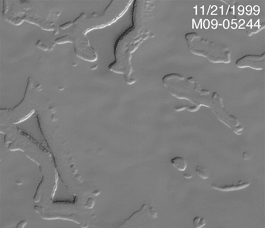I have seen, read or heard numerous indications saying how the Earth’s Ocean’s will rise as iceberg’s melt. That was quickly refuted via Archimedes and good old fashioned displacement science.
Then came the fear-mongering about Antarctic ice melting. Considering the average temperature on the south pole is anywhere from -37 Celsius to -57 Celsius, I do not think a few degrees of planetary warmth will do much.
So now the environmentalists want to attack Greenland ice shelfs and other glaciers that are overland.
Well here is some science that no one has mentioned that counters rising sea levels.
It is a very well known but not well announced fact that warm air holds more moisture than cold air. By doing a bit of formula manipulation with the Ideal Gas law, I calculated that a cubic meter of atmosphere can hold an extra 0.85 grams of water vapour for every degree Celsius that the temperature rises. This fluctuates a very very small amount depending on what the two temperatures are or how high up in the atmosphere you go.
However, for a good rough estimate, you can assume the lowest 11km of the atmosphere holds about 75% of the Earth’s atmosphere density. Using the Earth’s average radius of 6.37 Million meters, I calculated that that 11km zone around the planet can hold AN EXTRA 851 Billion cubic meters of water. Taking into account the water surface area of the planet is 361 Billion square meters, then simple division would tell us that the planet’s water level would drop approximately 2.36 meters for every degree Celsius of increased average temperature.
Remember this when someone tells you melting ice will raise sea levels.
You can also point out that increased CO2 levels create bigger, stronger and more abundant plant life. These plants will need more moisture for photosynthesis which means they will be taking in more water than plant life in an environment with less CO2 and they will also convert more of that CO2 into O2.
i.e. warmer temperatures and more CO2 creates a buffering environment that counters the high levels with thriving plant life.
I think that’s enough science to last a week. I urge others to doublecheck my math. The data I used included:
The Ideal Gas Law (PV=nRT)
The Earth’s water surface is 361,126,400,000 square meters
The Earth’s average radius is 6.37 Million Meters
The average temperature is 283 Kelvin (or 10 degrees Celsius)
The average air pressure is 1 atmosphere or 101.325 KiloPascals
The weight of one mole of H20 is 18 grams

 Have the environmentalistas told Marvin the Martian to stop flying his gas guzzling spacecraft yet? Because the past 3 Mars years
Have the environmentalistas told Marvin the Martian to stop flying his gas guzzling spacecraft yet? Because the past 3 Mars years 
 So I got up this morning and flipped open the big 24 page Arar section in my Sunday edition of the Ottawa Citizen. For some reason, it just didn’t have quite as much information for me and the text just wasn’t cutting it for my audio/visual personality. (image is from actual Ottawa Citizen website)
So I got up this morning and flipped open the big 24 page Arar section in my Sunday edition of the Ottawa Citizen. For some reason, it just didn’t have quite as much information for me and the text just wasn’t cutting it for my audio/visual personality. (image is from actual Ottawa Citizen website)